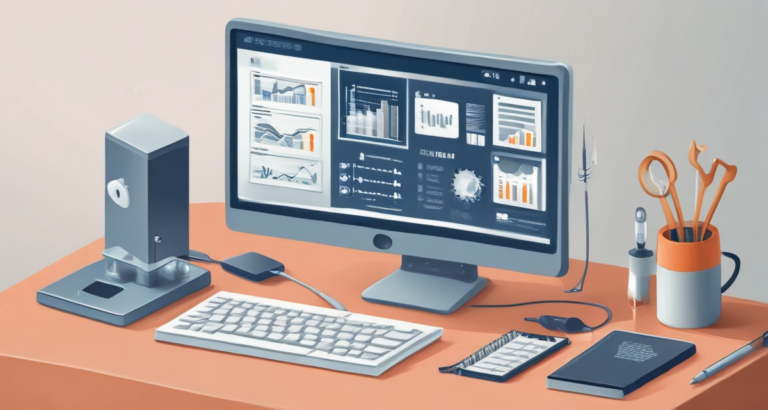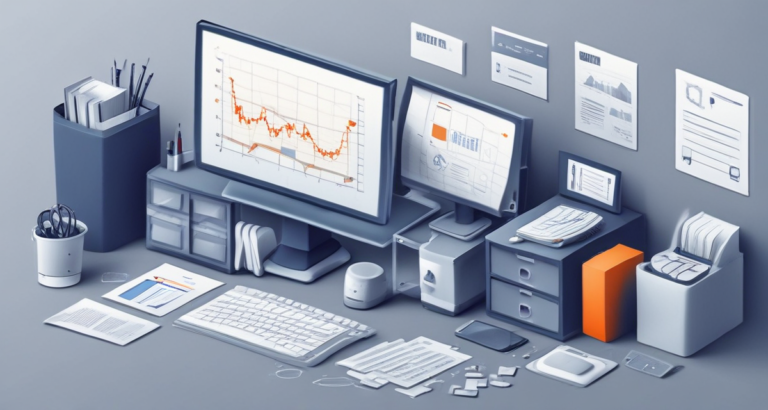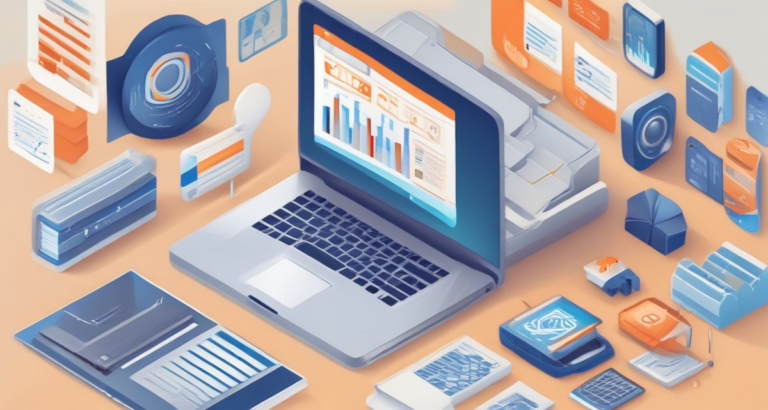Internal links are vital for your website’s SEO.
Internal links help search engines understand your site’s structure and distribute ranking power. They guide visitors to relevant content, improving user experience and engagement. In this article, you’ll learn:
- Why internal links are essential for SEO
- Best practices for effective internal linking
- Common internal linking mistakes to avoid
Understanding the Importance of Internal Links
Internal links are often overlooked but play a crucial role in your website’s SEO strategy. By connecting different pages within your site, internal links help search engines understand your content’s structure and relevance.
Internal links are essential for improving your website’s SEO and user experience.
When done correctly, internal linking can significantly enhance your site’s visibility and ranking on search engine results pages (SERPs). But what makes internal links so important?
Why Internal Links Matter
Internal links help distribute page authority and ranking power across your site. When a high-authority page links to a less popular page, it shares some of its ranking power, boosting the linked page’s SEO performance.
Additionally, internal links guide visitors to relevant content, increasing their time on your site and reducing bounce rates. This improved user experience can lead to higher engagement and
conversions.
Improving Crawlability
Search engines use bots to crawl and index your site. Internal links create pathways for these bots, helping them discover and index more of your content. This comprehensive indexing can lead to better search visibility.
- Enhanced crawlability
- Better content discovery
- Improved indexing
Supporting Content Themes
Internal links also help establish content themes. By linking related pages, you can create clusters of content around specific topics. These clusters signal to search engines that your site is an authority on those subjects, potentially boosting your rankings.
For example, if you have a series of blog posts about SEO strategies, linking them together can create a strong thematic connection. This approach not only helps search engines but also aids users in finding related information easily.
In summary, internal links are a powerful tool in your SEO arsenal. They distribute authority, improve crawlability, and support content themes, all of which contribute to better search rankings and user experience.
Best Practices for Internal Linking
To maximize the benefits of internal links, you need to follow certain best practices. These guidelines ensure your internal linking strategy is effective and enhances your site’s SEO performance.
Effective internal linking improves SEO by enhancing crawlability, user engagement, and content
discoverability.

Use Descriptive Anchor Text
Anchor text is the clickable text in a hyperlink. Using descriptive and relevant anchor text helps search engines understand the context of the linked page. For instance, instead of using “click here,” use “learn about internal linking.”
Link to Relevant Content
Ensure that the internal links you create are relevant to the content of the page. Irrelevant links can confuse users and harm your SEO. Make sure each link adds value and provides additional
information that is pertinent to the reader.
Maintain a Logical Structure
Structure your internal links in a logical and organized manner. A clear site hierarchy helps search engines crawl your site more efficiently and improves user experience. Use breadcrumb navigation to aid users in understanding their location within your site.
Use a Reasonable Number of Internal Links
While internal links are beneficial, overloading a page with too many can be counterproductive. Aim for a balance by including a reasonable number of links that enhance the content without
overwhelming the reader.
Regularly Update Links
Internal links can become outdated as your site evolves. Regularly review and update your internal links to ensure they remain relevant and effective. Broken links can harm your SEO and user experience.
Use Tools to Manage Internal Links
Several tools can help manage and analyze your internal linking strategy. Tools like Google Search Console, Ahrefs, and Screaming Frog can provide insights into your internal linking structure and identify areas for improvement.
- Google Search Console: Offers valuable data on your site’s crawlability and internal links.
- Ahrefs: Provides detailed reports on your internal link distribution and identifies opportunities for
optimization. - Screaming Frog: Helps audit your site’s internal links and find broken or outdated links.
By following these best practices, you can create an effective internal linking strategy that boosts your SEO and improves user experience.
How Internal Linking Boosts SEO
Internal linking is more than just a navigational aid; it’s a powerful tool to enhance your website’s SEO. By strategically placing internal links, you can improve your site’s authority and relevance in the eyes of search engines.
Effective internal linking can significantly boost your website’s SEO performance.
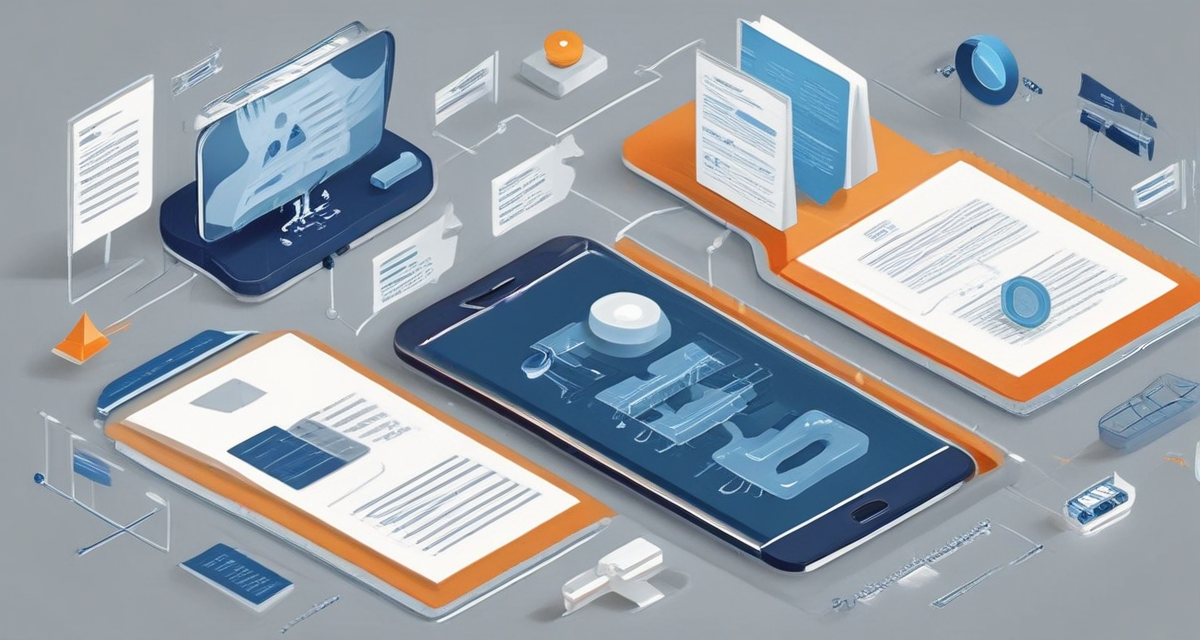
When you link to relevant pages within your site, you guide search engine crawlers through your content, helping them understand the context and hierarchy. This can lead to better indexing and
ranking.
Enhanced Crawlability
Internal links make it easier for search engines to crawl your site. By creating a clear path, you ensure that all your important pages are discovered and indexed.
For instance, a well-placed internal link on a high-traffic page can direct crawlers to a less-visited, but crucial, page. This increases the chances of it being ranked higher.
Improved User Experience
Internal links aren’t just for search engines; they also enhance the user experience. By providing easy navigation, you keep visitors engaged and reduce bounce rates.
Users can easily find related content, which keeps them on your site longer. This engagement signals to search engines that your site is valuable, further boosting your SEO.
Distributing Page Authority
Internal linking helps distribute page authority across your site. When a high-authority page links to other pages, it passes some of its ranking power, helping those pages rank better.
For example, a blog post linking to a product page can improve the product page’s visibility, leading to higher traffic and potential sales.
Supporting Content Themes
Internal links help reinforce content themes. By linking related articles and pages, you create a network of content that supports a central topic.
This thematic linking helps search engines understand your site’s focus, making it easier to rank for relevant keywords.
Best Tools for Internal Linking
Several tools can help you manage internal linking:
- Google Search Console: Identifies internal link opportunities and tracks performance.
- Ahrefs: Analyzes internal link structure and suggests improvements.
- Screaming Frog: Crawls your site to find broken links and optimization opportunities.
Using these tools, you can ensure your internal linking strategy is effective and up-to-date.
Remember, internal linking is an ongoing process. Regularly review and update your links to keep your SEO strategy strong.
Common Mistakes to Avoid in Internal Linking
Internal linking can significantly boost your SEO efforts, but it’s crucial to avoid common pitfalls that can undermine your strategy. Let’s explore some frequent mistakes and how to steer clear of them.
“Avoiding common internal linking mistakes is essential for maximizing your SEO benefits.”
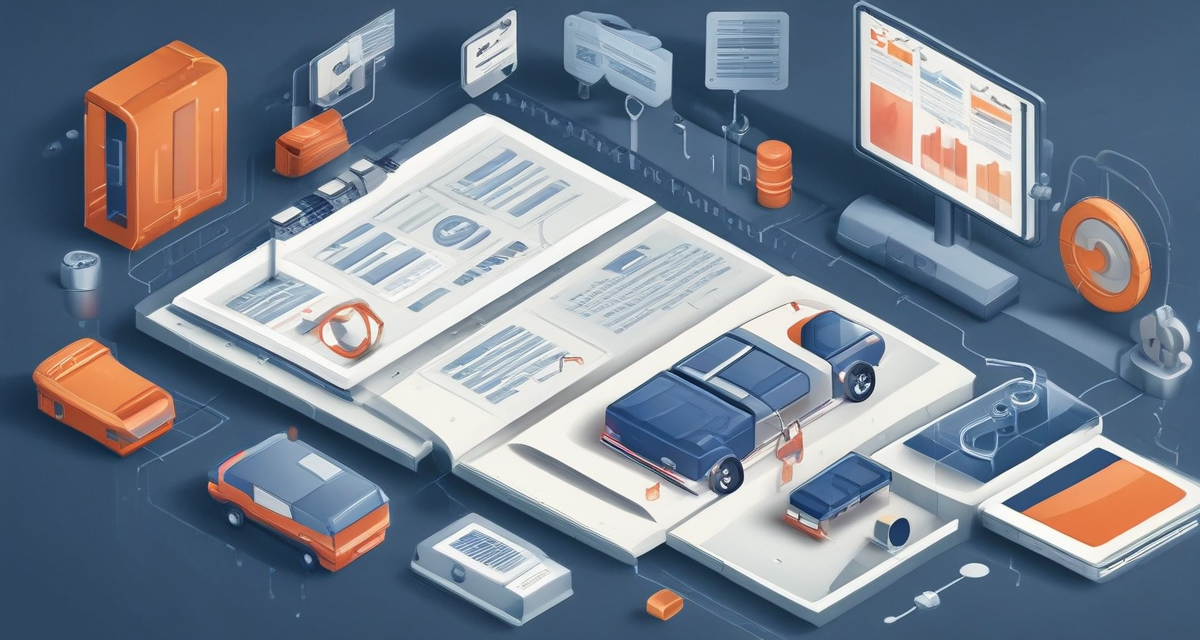
1. Overloading with Links
Too many internal links on a single page can dilute their effectiveness. Aim for a balanced number that enhances navigation without overwhelming users.
2. Using Generic Anchor Text
Anchor text should be descriptive and relevant. Avoid generic terms like “click here” or “read more.” Instead, use keywords that provide context.
3. Ignoring Link Quality
Link to high-quality, relevant pages. Links to outdated or irrelevant content can harm your SEO. Ensure every link adds value.
4. Neglecting Orphan Pages
Orphan pages are pages without any internal links pointing to them. These pages are hard to find and rarely indexed by search engines. Make sure every page on your site is connected.
5. Failing to Update Links
Regularly check and update your internal links. Broken links can frustrate users and harm your SEO. Use tools like Google Search Console to identify and fix issues.
6. Over-Optimizing Anchor Text
While it’s important to use keywords in anchor text,
over-optimization can look spammy. Maintain a natural flow and avoid keyword stuffing.
7. Ignoring User Experience
Internal links should enhance user experience by guiding visitors to relevant content. Prioritize user needs over SEO tactics.
By avoiding these common mistakes, you can harness the full power of internal linking to improve your website’s SEO and user
experience.
The Role of Internal Links in User Experience
Internal links are not just for SEO; they play a crucial role in enhancing user experience. When used correctly, internal links help visitors navigate your site more efficiently, finding relevant content quickly and easily.
The strategic use of internal links can significantly improve user experience on your website.
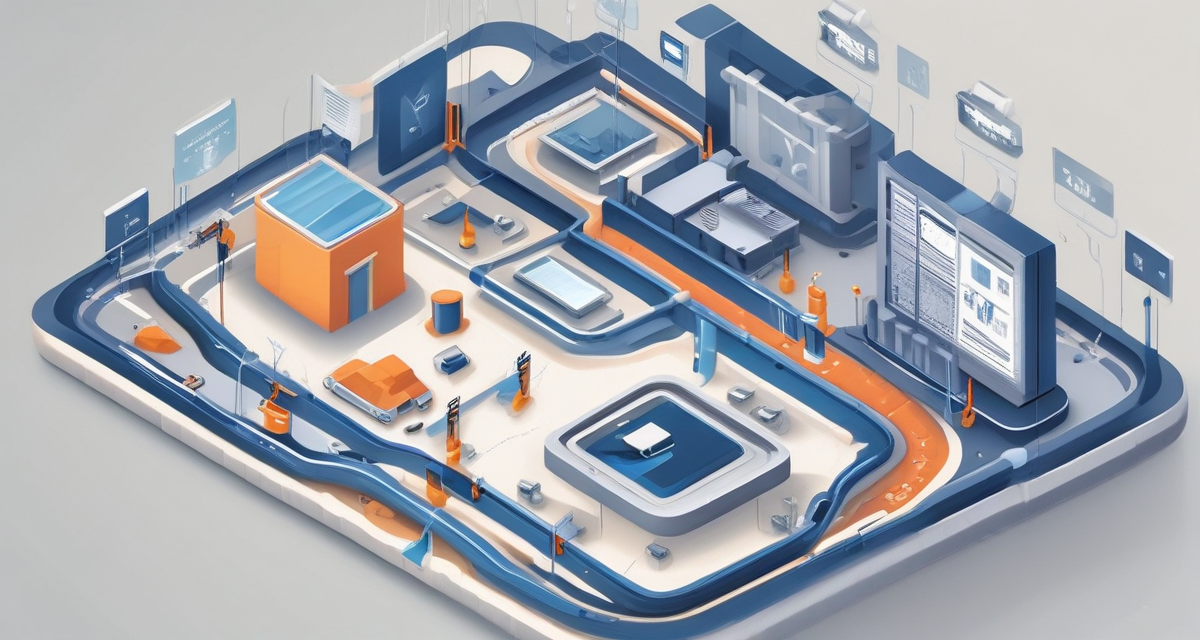
Imagine landing on a blog post and finding useful links that lead you to related articles, product pages, or additional resources. This interconnected web of content keeps users engaged and encourages them to spend more time on your site. The ease of navigation provided by internal links reduces bounce rates and increases the likelihood of conversions.
Enhancing Navigation
One of the primary benefits of internal links is improved navigation. Users can seamlessly move from one page to another, discovering more content without getting lost. A well-structured internal linking strategy ensures that every piece of content is easily accessible.
Reducing Bounce Rates
When users find what they’re looking for quickly, they’re less likely to leave your site immediately. By guiding them to relevant content, internal links help reduce bounce rates, signaling to search engines that your site offers valuable information.
Boosting Engagement
Engagement is key to building a loyal audience. Internal links encourage users to explore more of your content, increasing their time on site and interaction with your brand. Engaged visitors are more likely to convert into customers.
Supporting Content Discovery
Internal links make it easier for users to discover older, yet relevant, content. This is especially useful for blogs and
resource-heavy sites. Linking to evergreen content ensures that valuable information remains accessible and continues to drive traffic.
In summary, internal links are essential not only for SEO but also for creating a positive user experience. They enhance navigation, reduce bounce rates, boost engagement, and support content discovery. At HiBrand.art, we understand the power of strategic internal linking and can help you implement these techniques to drive growth and digital success.
Conclusion
Internal linking is a cornerstone of effective SEO strategies. It’s clear that these links do more than just connect pages—they connect users to the content they need, making your website more navigable and valuable. When done right, internal linking boosts your site’s visibility, enhances user experience, and ultimately, improves your ranking on search engines.
By adhering to best practices like using descriptive anchor text, linking to relevant content, and maintaining a logical structure, you can make the most out of your internal links. Tools like Google Search Console, Ahrefs, and Screaming Frog can help you manage and optimize your internal linking strategy. Regular updates and audits are also crucial to ensure that your links remain effective and functional.
Remember, common mistakes such as using too many links, relying on generic anchor text, or neglecting orphan pages can harm your SEO efforts. Avoid these pitfalls by following a consistent internal linking strategy and regularly checking your links for quality and relevance.
Additionally, internal links play a significant role in enhancing user experience. By improving navigation, reducing bounce rates, boosting engagement, and supporting content discovery, they keep users on your site longer and encourage them to explore more content.
Ready to take your internal linking to the next level? Start optimizing your internal links today and watch your SEO performance soar. If you need expert assistance, contact our team at Your Company. We’re here to help you achieve your SEO goals!


